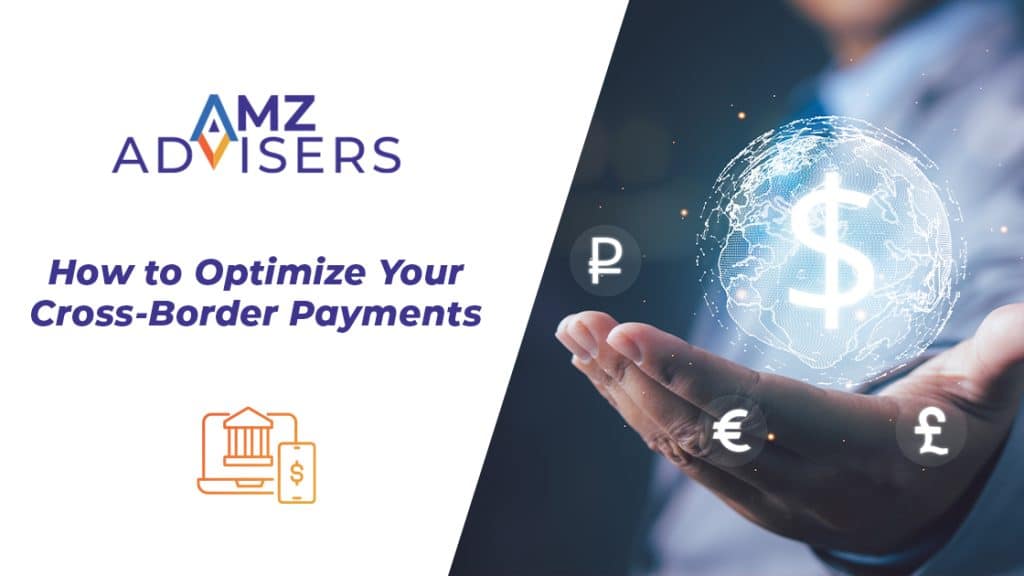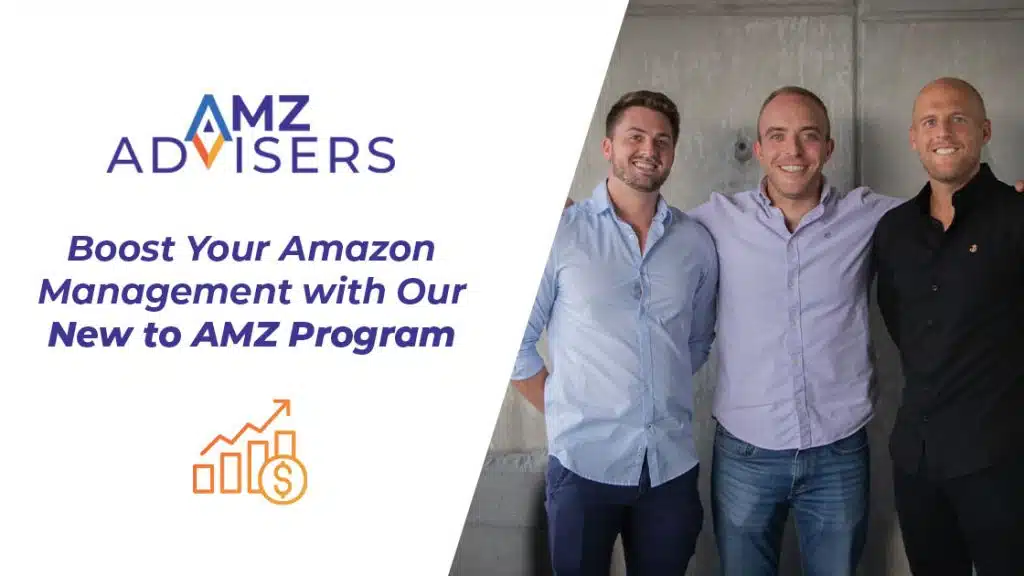Seller Fulfilled Prime (SFP) is the best option for brands who want to manage every aspect of their Amazon business.
Because Amazon offers fulfillment support, many sellers start their businesses by selling on the central ecommerce platform. But what about established sellers with their own fulfillment and sales strategy, specifically ones who also want to sell on Prime?
Fortunately, Amazon has a solution. It’s called Seller Fulfilled Prime (SFP), a unique alternative to Amazon FBA. With SFP, companies can use their logistics, supply chain, and even customer support, while still getting the perks that Amazon offers its sellers.
But what are the requirements for seller-fulfilled Prime? How can businesses scale their fulfillment for Prime and other sales channels? Let’s find out!
What Is Seller Fulfilled Prime?
Amazon Seller Fulfilled Prime allows sellers to store and ship items from their own warehouse while still taking advantage of Amazon Prime privileges, such as access to the 180 million subscribers.
Ecommerce companies may choose SFP for many reasons, such as if they already have a fulfillment strategy or work with a 3PL firm. This is also the best solution for brands with a multi-channel ecommerce strategy.
How Does Amazon Seller Fulfilled Prime Works?
Seller Fulfilled Prime is a win-win for ecommerce companies and Amazon. SFP lessens the burden on Amazon warehouses and puts sellers in control of their supply chain while accessing Prime benefits.
Shipping
Quick shipping is one of the main reasons why Amazon customers subscribe to Prime. In fact, Prime customers can get the fastest shipping possible.
All Prime customers can get one or two-day free shipping, plus free same-day shipping with a $25 or more purchase on specific items (though same-day shipping only costs $2.99). That said, Amazon has strict shipping requirements for sellers who use Prime.
All sellers must offer at least free two-day shipping, and all parcels must ship out by 4 pm the day the customer places an order. If you’ll be offering same-day shipping, sellers must send out parcels by 1 pm.
All returned items must also have free shipping, and sellers must absorb all shipping and return costs.
Customer Service
Amazon also includes customer service in FBA. But if you use SFP, you must offer customer service or work with a third-party company. You’ll handle customer inquiries, answer questions, respond to concerns, handle returns, and track reviews and FAQs.
Tools and Features
While Seller Fulfilled Prime has many standards, the program offers these features to make it easier to manage your Amazon SFP business:
- Performance. A look into different selling metrics and how your business is performing.
- Shipping region automation. Set up regions to offer one or two-day shipping to buyers in their immediate area.
- Delivery speed report. Identify when you had exceptional or too slow deliveries and the products contributing to shipping speed.
Seller-Fulfilled Prime vs Amazon FBA?
Most Amazon Prime sellers use Fulfillment by Amazon (FBA) because it offers a full range of fulfillment services, including storage, picking, packing, shipping, and even customer service.
FBA comes with fees that eat into a seller’s revenue, however.Many sellers reduce these fees by handling their fulfillment.
FBA also has restrictions on certain products, such as hazmat goods. If you sell products in this category, Seller Fulfilled Prime is another option to expand your consumer base while increasing sales on Amazon.
Note that Amazon also offers fulfillment by merchant (FBM), but this program doesn’t qualify for Prime.
Pros and Cons of Seller Fulfilled Prime
While Amazon SFP offers many benefits, there are some disadvantages to prepare for:
Pros
- Reach more customers. Prime members spend twice as much as non-Prime customers, so you’ll reach Amazon’s most loyal buyers.
- Offer free deliveries. 66% of customers expect free deliveries, so you’ll tap into one of the biggest sales motivators.
- Inventory control. Not all sellers benefit from FBA. Certain businesses, such as seasonal sellers, enterprises dealing with slow-moving items, companies selling oversized/heavy products, and any seller requiring special inventory preparations and handling, will need more inventory control.
- Storage savings. Sellers incur high storage fees on FBA, and businesses can save money with in–house fulfillment or by using an affordable 3PL service.
Cons
- High standards. Amazon sets a high bar for sellers on SFP, so businesses must work diligently to offer a consistent, high-quality experience.
- Nationwide selling challenges. If you don’t have multiple warehouses throughout the country, offering fast and free shipping to customers in different regions can be challenging.
- Last-minute changes. While Amazon does notify sellers if they change any terms of their program, it can be more challenging for SFP sellers to implement these changes than for FBA businesses.
Seller Fulfilled Prime Requirements
Amazon has general requirements for all sellers on SFP:
- Offer one or two-day deliveries.
- Deliver standard-sized items six days/week.
- Deliver standard-sized items across the country.
But as you begin your SFP strategy, you’ll notice the shipping requirements are more intricate than they seem.
Brands must offer free shipping and returns. Since Amazon requires one or two-day deliveries, the products must be shipped by 4 p.m. on the day the order was placed. Same-day deliveries bump up to 1 p.m.
All sellers bear shipping and return costs, which may not be feasible for all budgets.
For returns, you must uphold the Amazon return policy. If you use your own return policy, it must be equal to Amazon’s.
Steps to Join Amazon SFP
There’s a process that all sellers must follow to join SFP. Here’s a step-by-step guide:
- Pre-qualify for SFP.
- If you pre-qualify, join the waiting list.
- Upload your inventory and set up order processing.
- Fulfill and ship orders.
Seller Fulfilled Prime FAQS
Why does Amazon make changes to the seller-fulfilled Prime program?
Customer expectations are always changing, especially for Prime subscribers. Any changes to SFP reflect the latest customer expectations.
How can I get a better delivery speed rating?
While offering fast deliveries will give you a positive delivery speed report, things get complicated when distance and carrier performance are involved. Amazon considers these factors, in addition to weekend deliveries and cut-off times.
Do I need to ship nationwide to be in the Seller Fulfilled Prime program?
No. You should only offer one-day nationwide shipping if you can do so.
Which are the best shipping services for SFP?
Sellers can work with various carriers, including USPS, FedEx and UPS. You can also partner with various carriers depending on your needs and budget.
Do I need to ship products on the weekends?
Yes, and there are no exceptions to this rule. SFP sellers must operate and ship products on the weekends, though they can choose to fulfill orders on Saturday or Sunday.
I’m based outside the U.S. Can I still use SFP?
Seller-fulfilled Prime is only available in the U.S. That said, you can participate if your business operations are in the U.S. and/or if you store your products in an American warehouse.
Is Seller Fulfilled Prime Right for You?
Amazon is the leading ecommerce platform for sellers to gain sales and for customers to purchase high-quality products. This is especially true for Amazon Prime, which boasts millions of subscribers.
While Amazon offers its FBA service to ease fulfillment and shipping, Seller Fulfilled Prime is the better solution for companies that prefer to be in control. That said, sellers must meet high standards, such as offering free one—or two-day shipping.
If Amazon SFP isn’t right for you, there are other ways to grow your business. When you trust our services, you work with a dedicated team that will offer you unconditional guidance and support for your Amazon seller path.

Author






